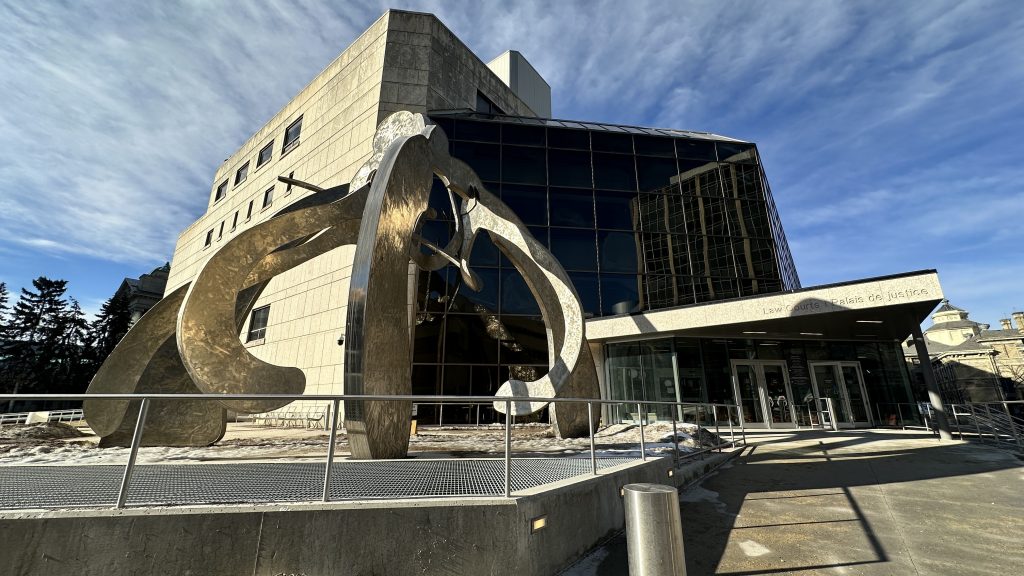U of M satellite to be launched into space in June
Posted March 24, 2023 4:56 pm.
Last Updated March 25, 2023 11:09 am.
In June, a peculiar cube-shaped satellite will be in outer space. It’s the first time a satellite designed by the University of Manitoba has been selected.
The CubeSat named Iris is Manitoba’s contribution to the Canadian CubeSat program started in 2018 by the Canadian Space Agency.

CubeSat, Iris, made by University of Manitoba students, will be launched into space in June. (Photo Credit: Mike Albanese, CityNews)
Mechanical Engineering professor at the University of Manitoba says this space-bound-block only costs about $10,000 to make and was made with the help of about 60 students, including those at the University of Winnipeg, York University, and even youth from the Interlake School Division.
“It will be in space for about two to three years, and eventually it will lower itself into orbit and burn up in the atmosphere. As soon as it leaves the space station it starts a 30 minute hold and then pops out solar panels and faces the sun – it shoots out a little antenna that’s literally a piece of measuring tape from home depot with the numbers still on it – it points that at the ground, phones home, and we start doing science right away,” said Philip Ferguson, Mechanical Engineering professor at the University of Manitoba.
“When we actually put a student down in a room and say okay let’s develop the requirements for a satellite – let’s build it, test it, operate it. That’s a whole new level of learning, so we’re training the next generation of space systems engineers, space scientists.”
Alina Toidjanov is a mechanical engineering student at U of M, who had an integral job working on this satellite. She designed the math that allows Iris to control itself and has been hired on by Magellan Aerospace.
“It’s honestly very unreal, and I think we’re all really excited and nervous about it. I think until we’re actually able to communicate with Iris in orbit, we’re all eagerly awaiting that to happen,” said Toidjanov.
“It would grab a bunch of sensor readings from the sun sensors, the gyrates and the magnetometers, and then you have to come up with an algorithm to tell it what to do with that – how to slow itself down, and what commands to send to the actuators to make the mission successful.”



The mission is to study how space conditions affect the composition of asteroids and the Moon so that researchers on Earth can better understand those effects on meteorites.
This satellite is already filled with space rocks that they’re sending back up to study. When they photograph the rocks, they’ll be able to tell the sun’s position – through a sundial created by students in a grade 7-8 science club.
“Goosebumps is the only way I can describe it. they get to send something to space, it’s going to be part of history with science data to prove they did this. They can pass this along to their kids, their friends, it’s just really, really thrilling,” explained Maria Nickel, grade 7 & 8 science teacher at Interlake School Division.
In early March, students at the University of Alberta had satellites — CubeSat, Ex-Alta 2 — they built, sent into space.
Alberta’s satellite project was inspired by the 2016 Fort McMurray wildfires and will use a multispectral imager to capture ground vegetation and atmospheric data. That data will allow scientists to track wildfires.
Iris heads up in June on a SpaceX rocket and will be fired out of the International Space Station.








